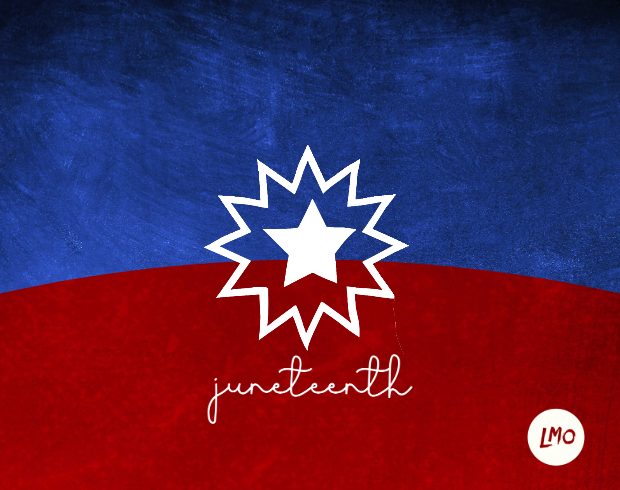IN A CRISIS: PR TEAMS KEEP US CALM, MOVING SWIFTLY
IN A CRISIS: PR TEAMS KEEP US CALM, MOVING SWIFTLY
Turbulent politics, economic woes and global epidemics – oh my! These days, it often feels like turning on the news is just asking for anxiety. We’re flooded with real-time updates that yes – there’s no use denying it – can be frightening. But in times of crisis or panic, the ways we react and respond can make all the difference.
As public relations professionals, crisis communication is in our blood. It has to be – when our client has a problem, it’s our responsibility to be the rational thinkers, to stay calm, cool and collected in spite of any impending consequences or damage coming our client’s way. But, if you think about it, anyone can stay calm in a panic if they try hard enough. What sets us PR pros apart from the masses? The ability to react both calmly and quickly.
Time is of the essence. In a crisis, we often don’t have the luxury of spending hours or days formulating a perfectly-tailored action plan. In a real, legitimate panic, people want three things: assurance, facts and a plan. And they want those things as soon as it is humanly possible.
That’s where the PR pros come in.
Our job is to craft appropriate responses, gather and present the facts and determine next steps in a timely manner. We have to find the perfect middle ground between rushing to get information out the door – where there’s a risk of sharing unconfirmed or inaccurate information – and waiting too long – in which case, news outlets and our targeted audiences may have learned about the situation and reacted to information from less credible outside sources or our competitors.
Finding that balance can be hard. It can take some trial and error. But we can observe and learn from others’ shortcomings… as well as their successes.
Let’s take United Airlines (UAL), for example. We all saw the viral 2017 video of a passenger being forcibly removed from a United Airlines aircraft, deemed “overbooked,” waiting to depart Chicago’s O’Hare airport. The video showed a man, barely conscious and with his face bloodied, being dragged off the plane after he refused to relinquish his seat. What ensued was a real PR nightmare for United.
The airline’s CEO released an unsympathetic statement in which he labeled the passenger “disruptive and belligerent.” Furthermore, in a letter to employees, he continued to fault the passenger for forcing aviation security to take drastic measures. His insincere response was met with criticism online and in the media, a decrease in ticket sales and even a drop in UAL stock prices.
Here’s a United competitor facing its own PR nightmare, but choosing a different approach.
In 2018 an engine exploded on a Southwest plane taking off from LaGuardia airport, tragically killing one passenger and prompting an emergency landing. Southwest’s reputation as one of the world’s safest airlines was tarnished in an instant, as passengers live-streamed panic, chaos and confusion for all the world to see.
However, the airline’s PR team was working to mitigate backlash before the plane even touched down in Philadelphia for that emergency landing. Ads for Southwest Airlines were swiftly pulled from social media. All of the airline’s social media channels were monitored extra-diligently and appropriate messaging was shared with followers in a timely manner. Within two days of the incident, the CEO issued a to-the-point yet heartfelt statement; passengers were given financial concessions, accommodations and counseling services; and an investigation into the incident was underway. Safety inspections were conducted on Southwest’s fleet of aircrafts in the coming weeks.
The takeaway? In a crisis, Southwest Airlines managed to focus on the affected passengers, manage media and display its commitment to safety without missing a beat. By doing so, Southwest skirted what could have easily been an irredeemable reputation blunder, and actually may have won over some new customers. In 2019, Southwest tied with JetBlue for the highest overall score in the JD Power North America Airline Satisfaction Survey.
From a PR standpoint, Southwest Airlines handled its crisis in all the right ways. What United had done wrong, Southwest had done right. Southwest’s successful navigation of the incident landed them a major PR win.
Crisis communication can be one of the most challenging aspects of the world of public relations. It can also be one of the most exhilarating… especially when it’s done with Southwest-level success.




